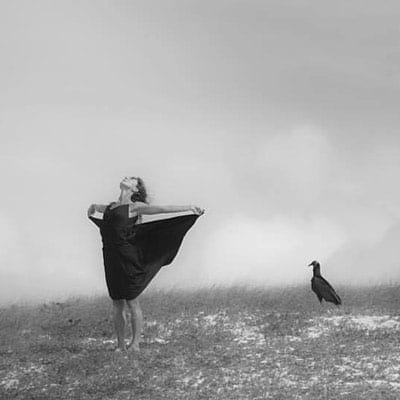
Tue, January 16, 2018
2:00 PM – 4:00 PM
Sever Hall, Mezzanine room
Dasha Lavrennikov will introduce her methodology in and on Art as Research, and in particular laboratories of dance and collective practices. She will present her own situated movement research as well as the work of Lygia Clark and Hélio Oiticica, representatives of the neo-concrete movement in Brazil with embedded history of Russian constructivism, who employed multisensory and interdisciplinary practices in their work.
A presentation will be followed by a discussion. All are welcome. Dasha’s Bio below.
In this work we are responding to the contemporary reality in which we live, with the desire to shift beyond anthropo-logical self-centric models, that are propagated throughout the conventional education system, mass media, and through a globalization and universalization of the notions of culture. Under the conditions of cognitive capitalism, we must broaden our awareness of how our bodies and minds are being mobilized and for what purposes. In this research we reclaim, explore and mobilize the living sensing body as a field of presences in motion, in continuum with its environment. Through laboratories of dance and collectives practices we engage in a philosophy in action, shifting beyond dualistic and dichotomic paradigms both in relation to the body as well as in relation to thought, language, knowledge and culture.
In these laboratories, we investigate dance as a tool for activating collective practices, incorporated into the multidimensional definition of subjectivities, activating the field of co-productions of subjectivities and corporealities in their singularities. The laboratories of dance are part of a larger phenomenon of a global call for a growing engagement of experimental artistic languages in social, collaborative and collective practices in the contemporary art world. These tendencies are in resonance with the amplification of the notions of co-authorship and no more spectators, towards the agency of a new protagonist-participant as well as provoking epistemic changes in the formats of creation, no longer based on products but on collective processes.
This research is responding to a need that comes from contemporary society to displace the centrality of the artistic field towards new ways of activating and being part of other modes of being together, and other possibilities of social interlocutions. This research is aligned with the emergence of new ethical aesthetic paradigms active in a hybrid zone between symptoms and intuitions directly from the social relations, reconfiguring an elliptic method, between practice and theory, between the experience and a conceptual constructivist reflection, which also guides the embodied and performative writing. The elliptical configuration is made from within the process of interlacing action, writing and reflection, using experimental dance and performance tools, we begin to elaborate and reconfigure methods of generosity and care as pillars that support and guide the collective artistic practice.
Dasha Lavrennikov Bio
Born in Russia, is a dancer, performer, teacher, choreographer, and artist-researcher. She has been teaching, performing and lecturing between Europe, Latin America and North America, with her BA in dance from the US, an International Masters in Performing arts (Denmark, France), and PhD in Communications and Culture (RJ, Brazil). She has lectured at MMOMA (Moscow Museum of Modern Art) in 2016 and Garage 2017. She completed her Doctorate at Universidade Federal Fluminense (UFF) in Rio de Janeiro, Brazil, in 2017.
From 2013-2017 she has been living in Rio de Janeiro, working as an artist in residency at the Museum of Contemporary Art in Niteroi (MAC), collaborating with the innovative curatorial and educational project, and directing multiple Performance Laboratories in collaboration with universities and arts programs. As well as collaborating with the works of contemporary artists such as: Susana Quiroga, Leo Tepedino, Lula Wanderley, Isaac Julien, Livia Barrosa de Moura, in the context of the museum and gallery space.
From 2008-2013 she was working in a diversity of choreographic and interdisciplinary projects and taught classes and workshops in Europe, working with companies such as David Dorfman Dance (USA), Live Art Installations(Denmark), Art- Attac (France) and Flesh (Spain) and with artists such as Khosro Adibi, Benoit Lechambre, Richard Colton, David Dorfman, Eddie Taketa, Lisa Riece, Jeremy Nelson, Nickolas Lechter, Jean Jaques Sanchez, Pipaluk Supernova, Parnab Mukherjee, Inma Marin, amongst others, as well as presenting and touring her own choreographic and performance work. In 2012 she received the DanceWEB Jardin D’ Europe scholarship, from the International Impulstanz Dance Festival in Vienna, Austria. She continues her own movement and artistic research, exploring a variety of artistic languages and performing arts practices collaborating with visual arts, new medias, film and photography.

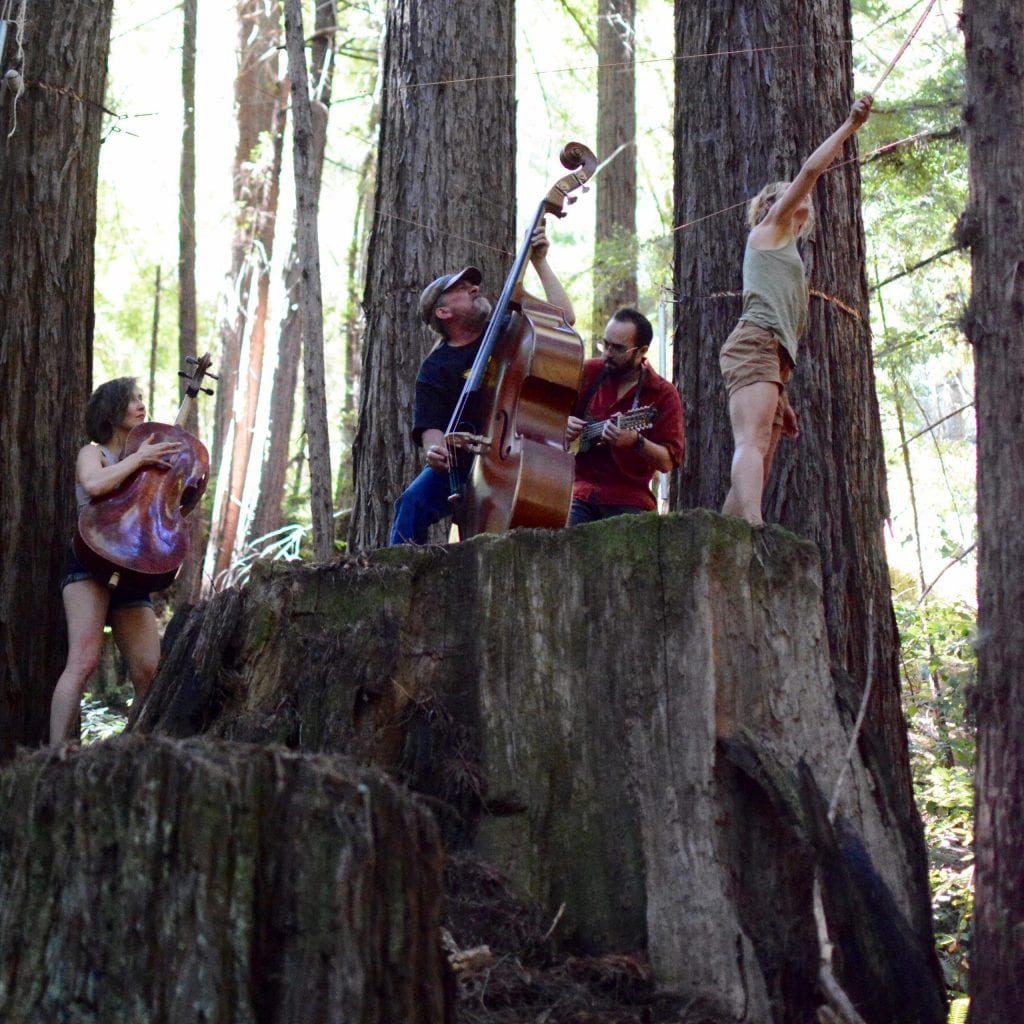
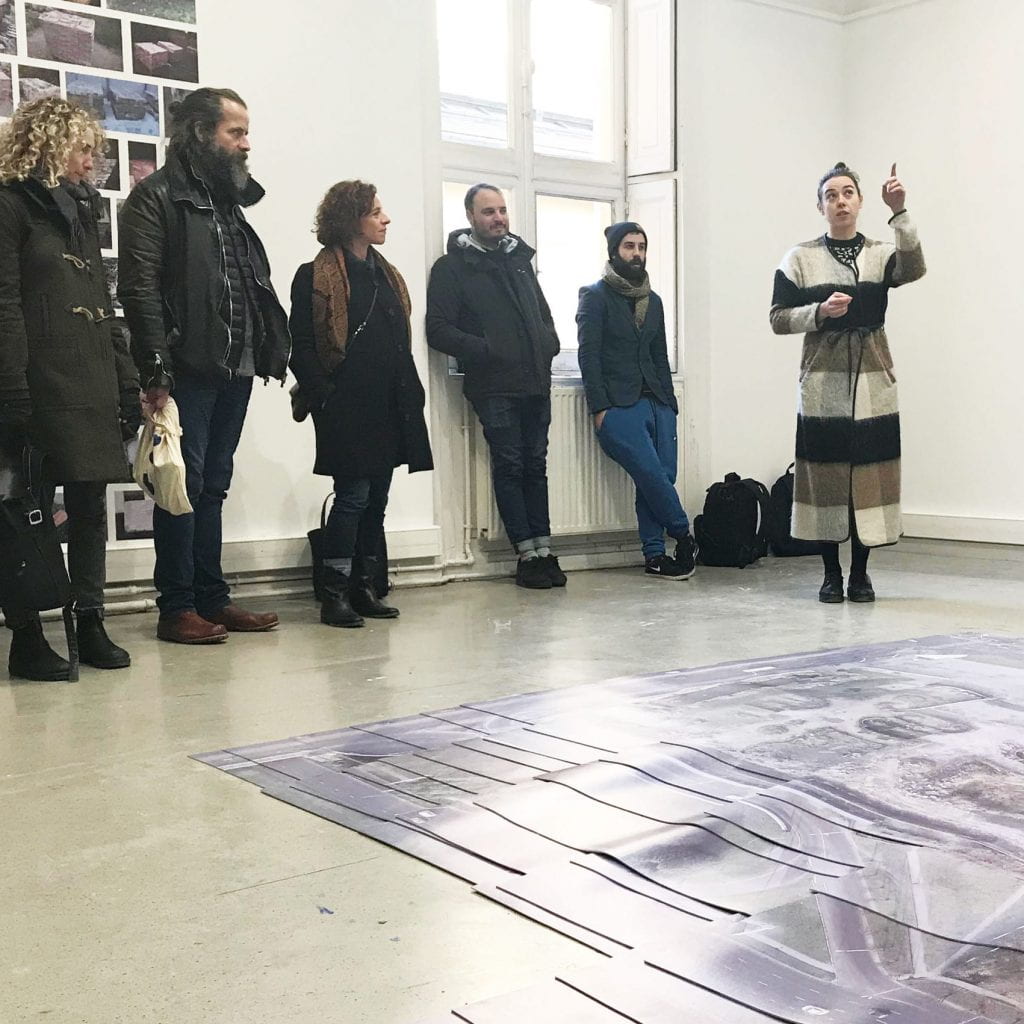


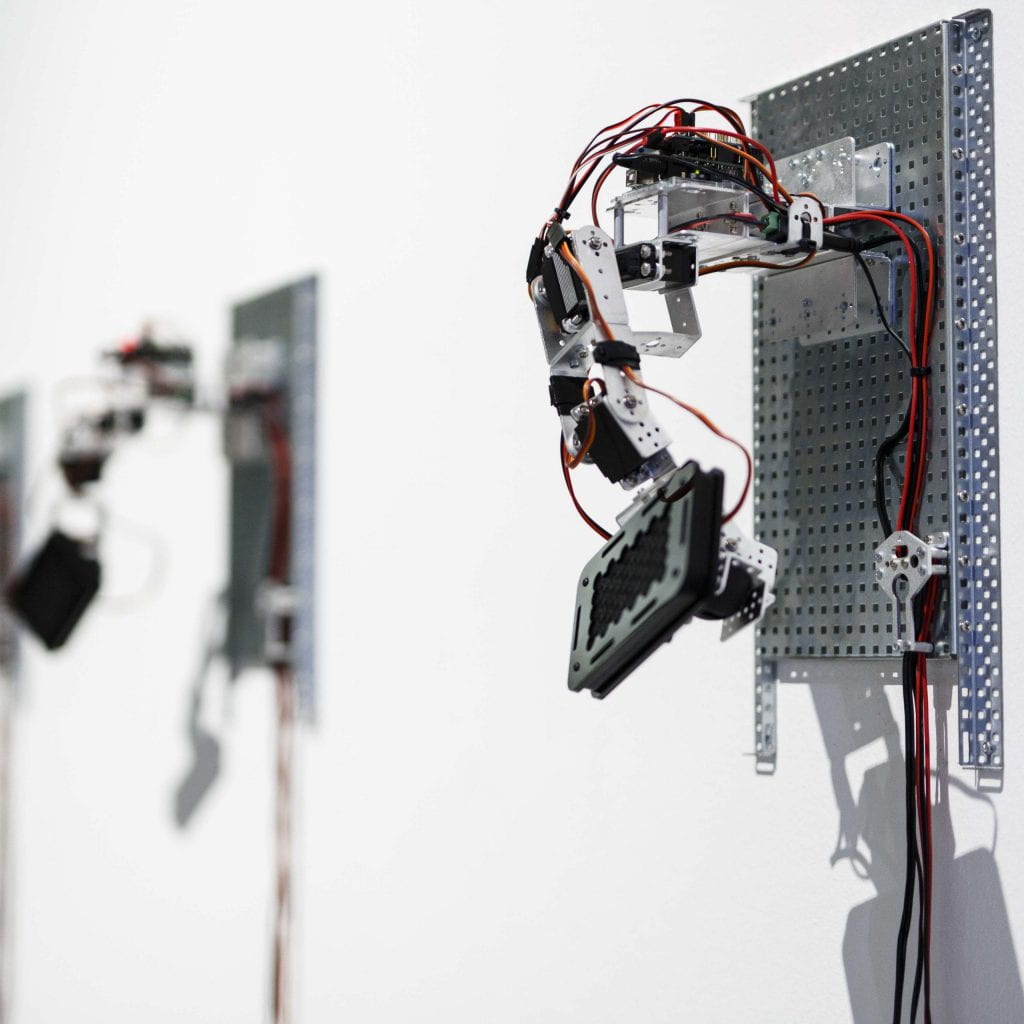


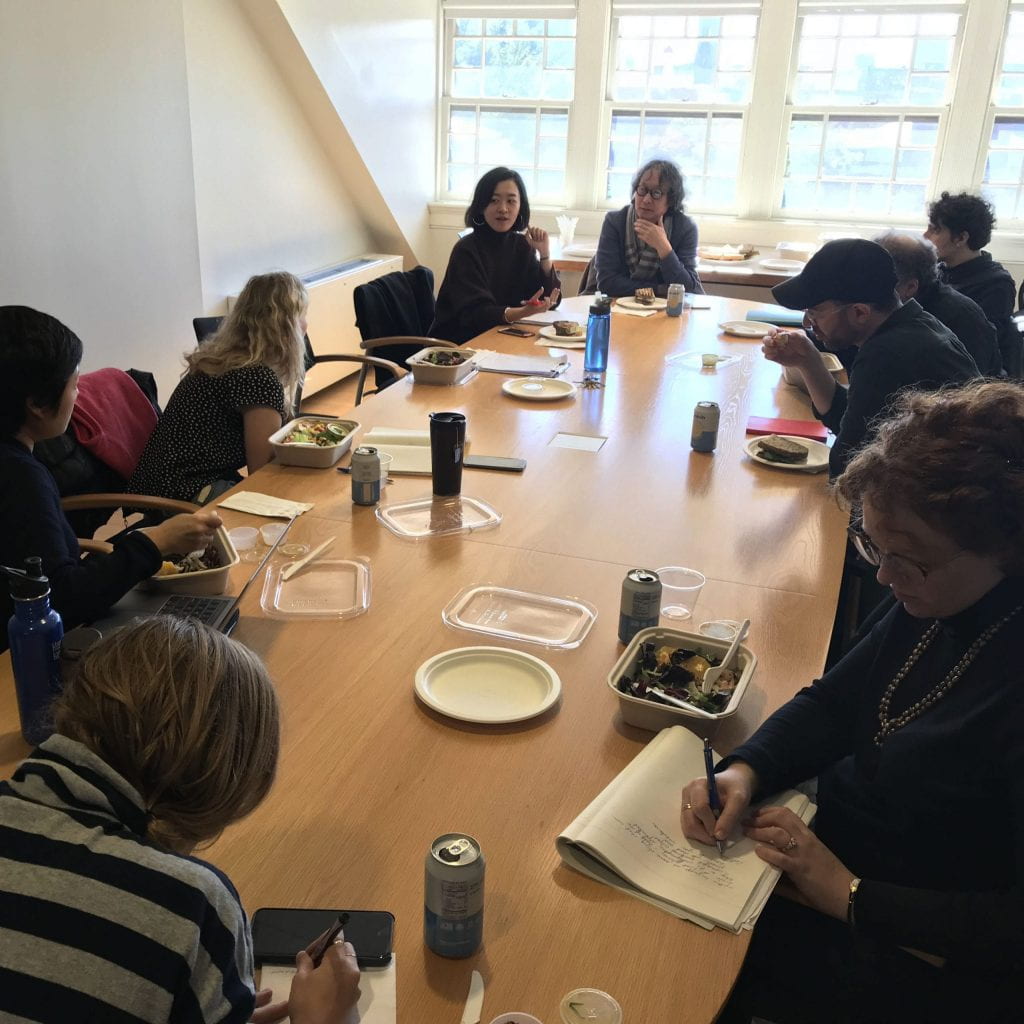
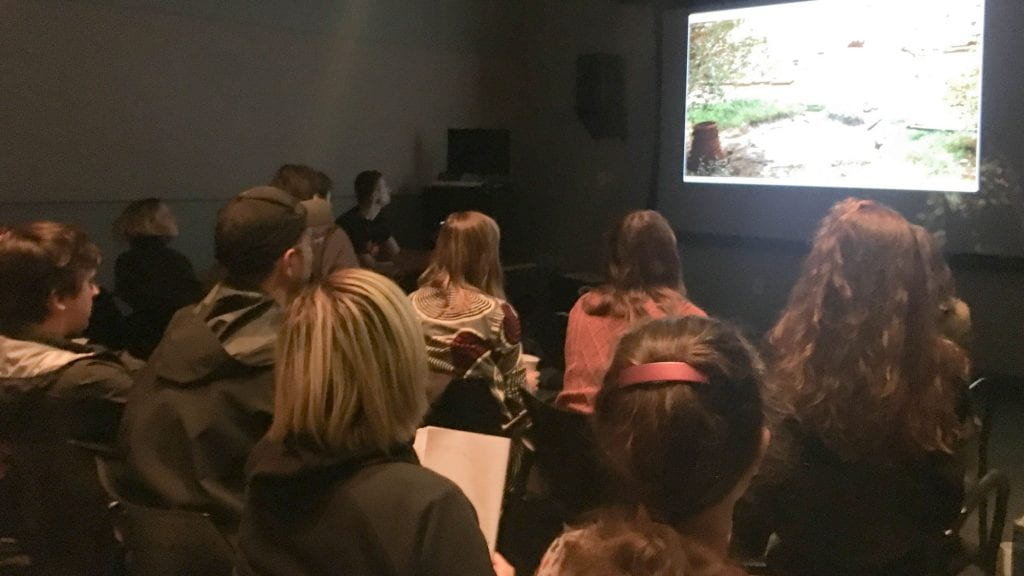


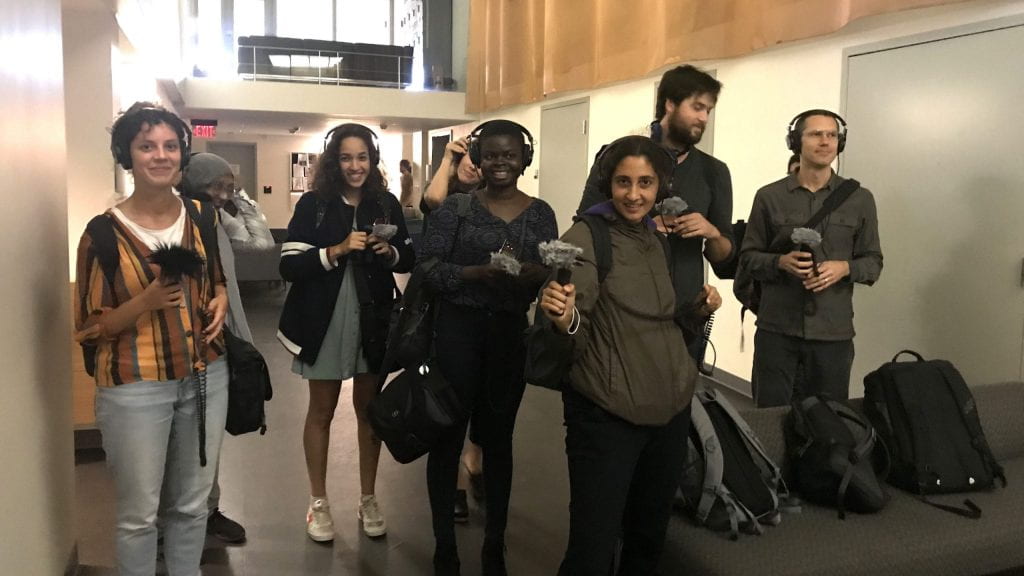






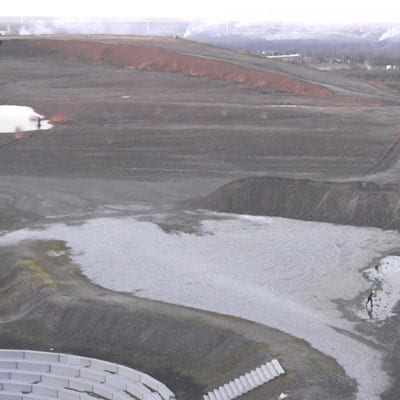

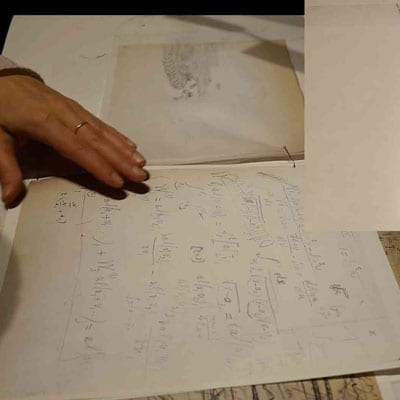
 Friday, March 9 at 2:00 p.m.
Friday, March 9 at 2:00 p.m.